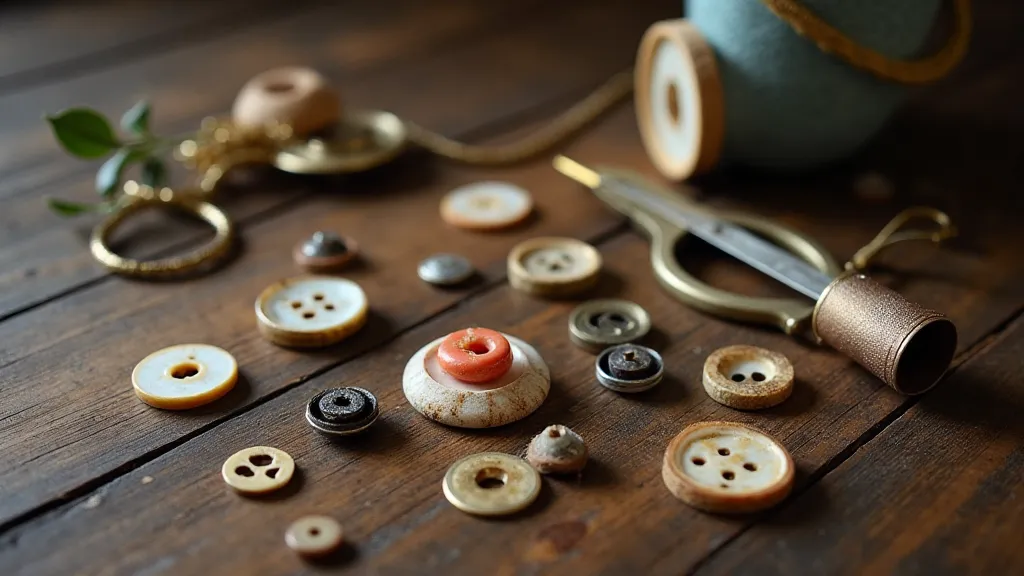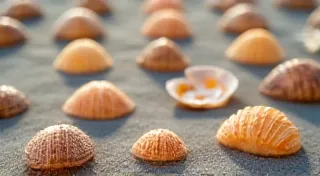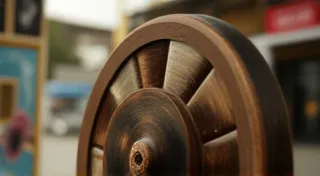The Button's Geography: Mapping Button Production Around the Globe
A button. It’s so small, so seemingly insignificant. Yet, holding a vintage button in your hand is holding a tiny portal to another time, another place. It's a whisper of a story, a clue to a vanished world. Collecting vintage buttons isn’t just about acquiring objects; it’s about tracing lineages, mapping histories, and appreciating the artistry of generations of craftspeople. And that history is profoundly geographical. The story of buttons isn’t just about fashion; it's about trade routes, the availability of raw materials, and the evolution of skilled labor across continents.
My own fascination began with a chipped mother-of-pearl button I found tucked inside my grandmother’s sewing box. It was unassuming, a simple four-hole design, but holding it, I felt a tangible connection to her, to the clothes she mended, and to the lives those garments had touched. It sparked a curiosity – where did this button come from? Who made it? And why did it find its way into my grandmother's cherished box?
Early Button Hotspots: Europe’s Dominance
The earliest known buttons appeared in the Middle East and Asia, primarily as decorative elements rather than functional closures. However, the real boom in button production began in Europe during the Renaissance. Germany, particularly Thuringia and Bavaria, quickly became a dominant force. The region boasted abundant forests, providing the beechwood crucial for early button blanks. Skilled woodcarvers, accustomed to intricate carving techniques, adapted their talents to creating the initial forms. These early buttons were often elaborately carved, reflecting the artistic sensibilities of the era. French button production followed closely, benefiting from the burgeoning textile industry and the demand for fashionable closures.
The industrial revolution amplified these trends. The invention of molds, initially for pewter and later for other metals, drastically increased production volume. Birmingham, England, emerged as a key manufacturing hub. Its proximity to coal mines and access to global trade routes fueled its growth. While the quality of mass-produced buttons declined somewhat, the sheer scale of production ensured buttons became increasingly affordable and accessible.
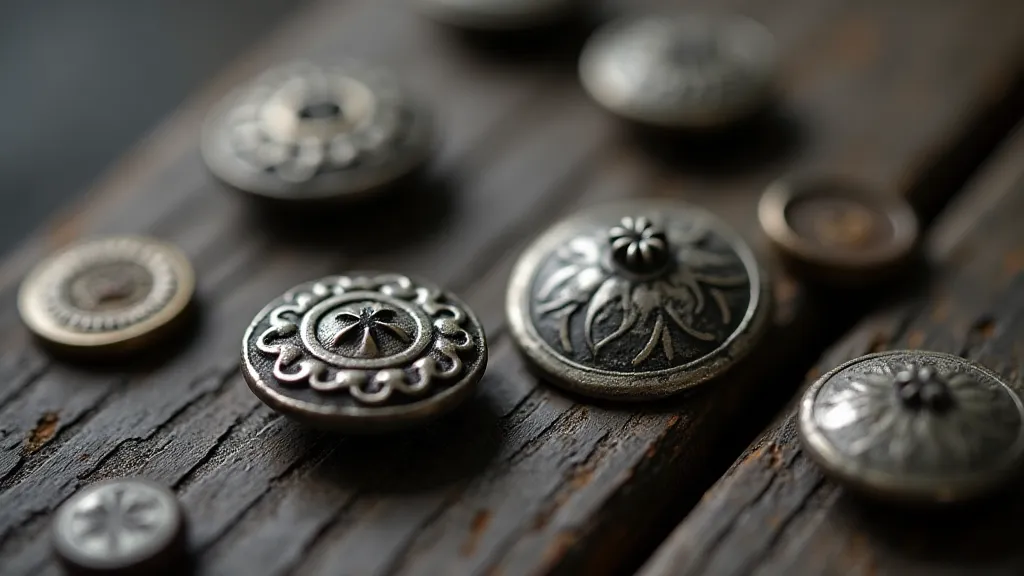
The New World and the Rise of American Button Production
As European influence spread, so too did button manufacturing. The Americas offered new opportunities, particularly in the 19th and 20th centuries. The United States quickly became a significant player, benefiting from abundant resources and a rapidly expanding consumer market. New England, with its rich history of textile production, was a natural location for button factories. Connecticut, Rhode Island, and Massachusetts became major centers.
The availability of both natural and synthetic materials in the United States allowed for a diversification of button production. Shells, horn, wood, glass, and eventually plastics became staples. The shift to plastics in the mid-20th century dramatically altered the landscape of button manufacturing, leading to cheaper, more colorful, and often less durable buttons. While this ushered in a new era of fashion, many collectors now value the earlier, handcrafted buttons for their beauty and historical significance.
Shells, Mother-of-Pearl, and the Pacific Connection
Perhaps one of the most compelling geographical threads in button history involves the use of mother-of-pearl. This iridescent material, harvested from oysters and mussels, was prized for its beauty and durability. While pearl buttons were made in Europe, the vast majority of mother-of-pearl used in button production came from the Pacific, particularly from the coastal regions of China, Japan, and the Philippines.
The transpacific trade routes became vital arteries for this precious commodity. Chinese and Japanese artisans were masters of extracting and processing mother-of-pearl, often creating stunningly beautiful buttons and other decorative items. The journey of these materials across the ocean, the skills involved in their transformation, and the demand they generated created a complex and fascinating web of interconnected economies. The story of a simple mother-of-pearl button isn't just a story of aesthetics; it’s a story of global commerce and cultural exchange.
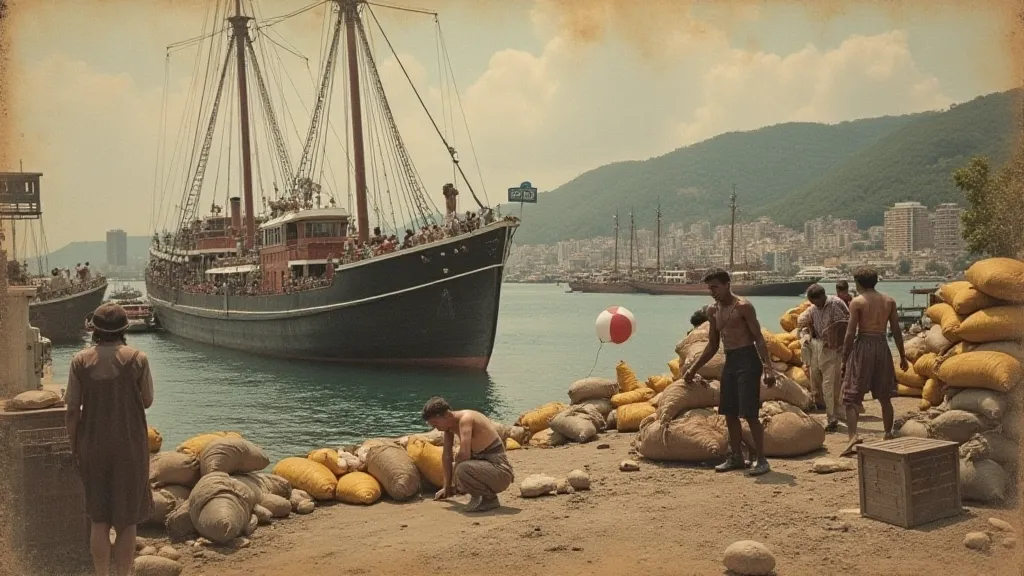
Africa's Contribution: Horn and Vegetable Ivory
While often overlooked, Africa played a significant role, particularly in the production of buttons made from horn and “vegetable ivory” – a hard substance harvested from the seeds of the abelmoschus moschatus plant. These materials were often exported to Europe and America, where they were crafted into elegant and durable buttons. The skilled labor and resourcefulness of African artisans contributed significantly to the global button supply chain.
The Decline of Traditional Craftsmanship and the Modern Era
The late 20th and early 21st centuries have witnessed a shift in button manufacturing towards Asia, with countries like China and India becoming dominant producers. While this has led to lower prices and a wider variety of designs, it has also resulted in a decline in traditional craftsmanship in the West. Many of the smaller, family-run button factories have closed down, and the skills of the older generation of artisans are at risk of being lost.
Preserving the Legacy: Collecting and Appreciation
For those of us who appreciate the history and artistry of vintage buttons, it is essential to preserve their legacy. Collecting isn's just about acquiring objects; it’s about safeguarding a piece of history, honoring the skills of the craftspeople who made them, and understanding the complex geographical forces that shaped their production.
Holding a vintage button, understanding its likely origins, tracing its journey across continents - it’s a profoundly moving experience. It connects us to the past in a tangible way, reminding us that even the smallest of objects can tell a grand and intricate story. The button's geography isn't just a map of factories and workshops; it’s a map of human ingenuity, resilience, and the enduring power of connection.
